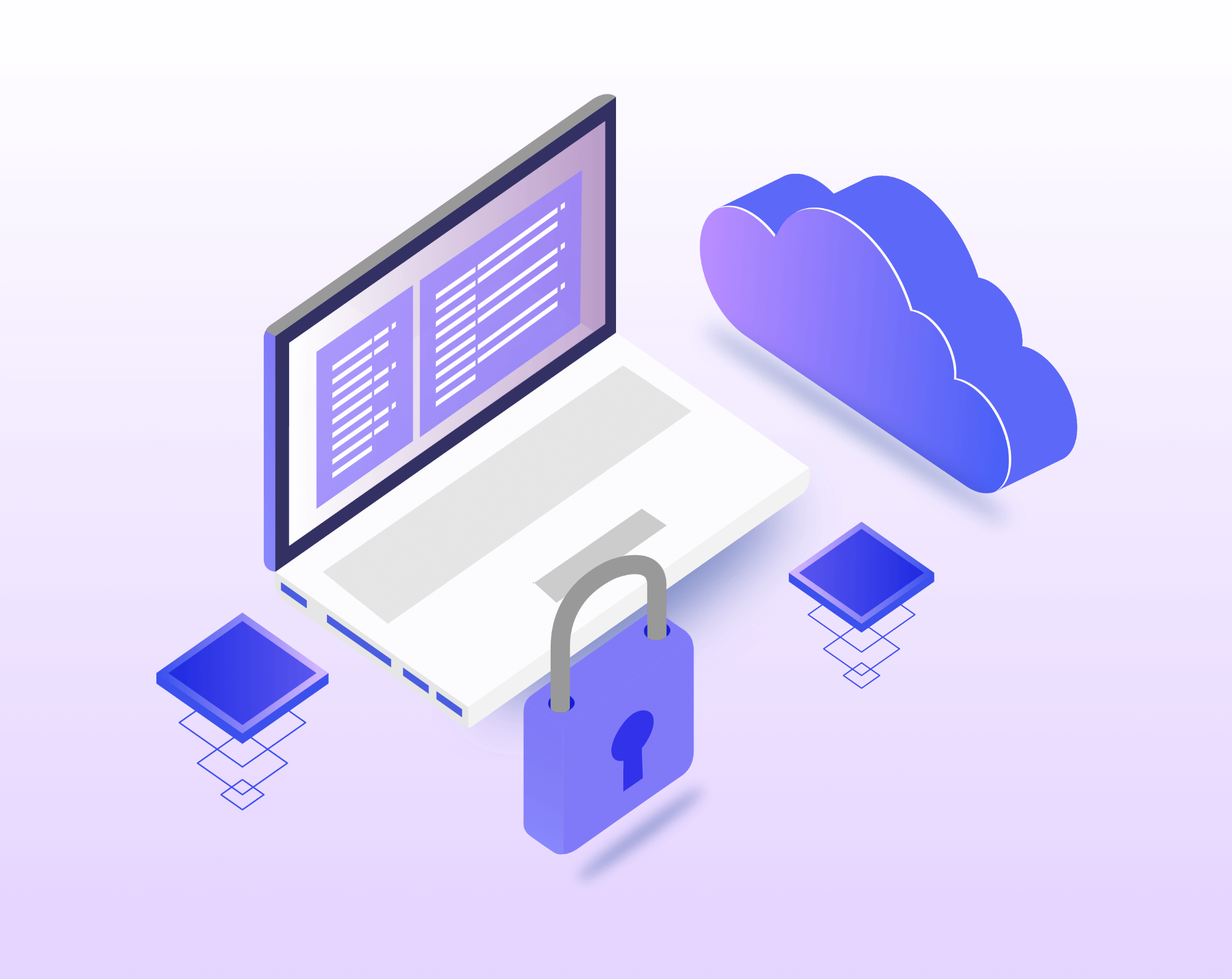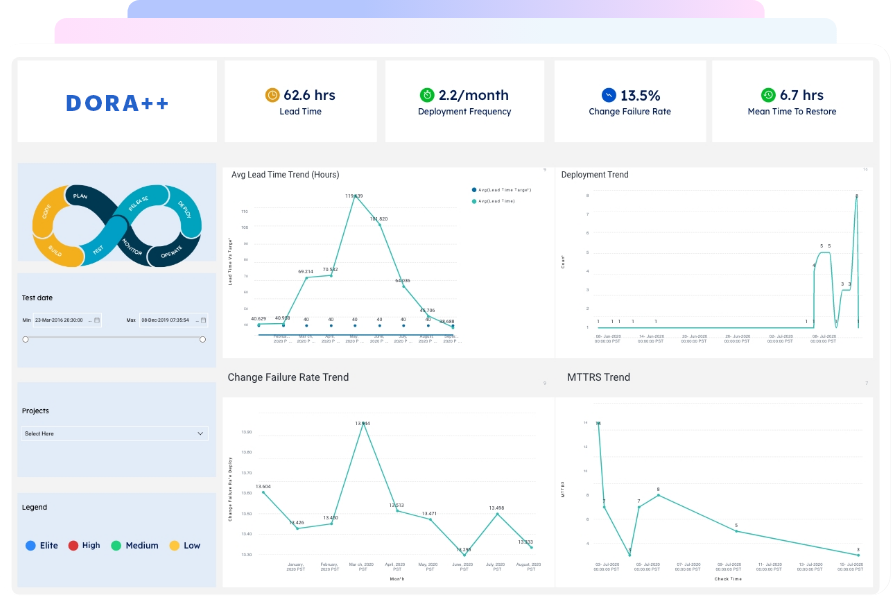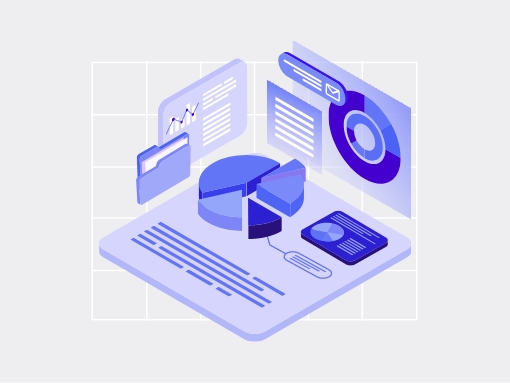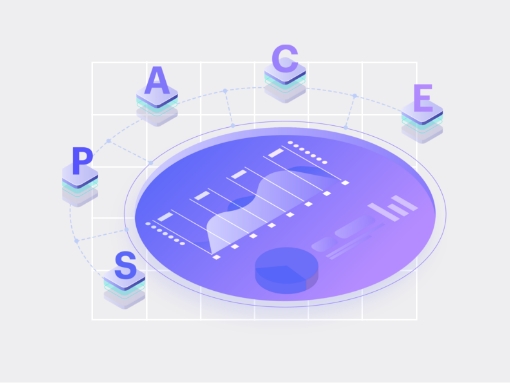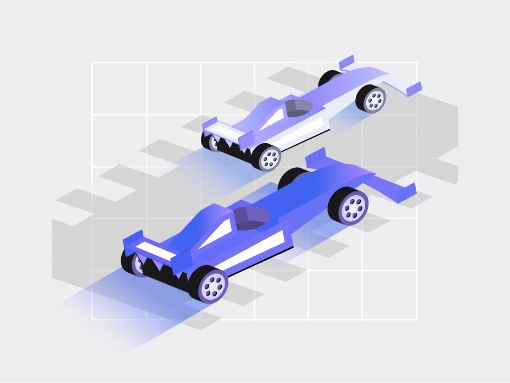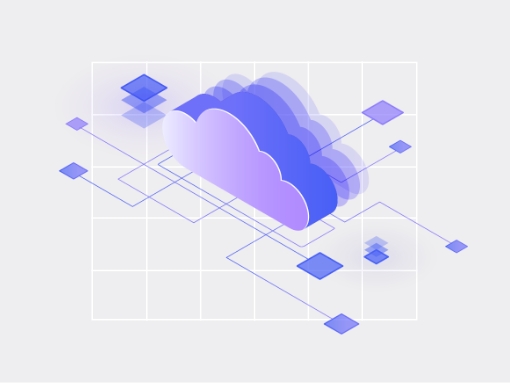The work environment in most organizations looks nothing like what it used to be a decade ago. Moreover, the recent pandemic has been a tipping point for those behind the curve, as they were forced to quickly adopt cloud and remote working models. All this has put tremendous pressure on the IT departments and security professionals. Amidst this rapidly evolving environment, DevSecOps has become a mainstay for organizations seeking higher reliability, agility, and security in their software development practices.
DevSecOps aims to unify different teams, tools, and processes responsible for managing an organization’s IT systems, applications, and security. In practice, it essentially involves a shift left of everything to make it easier, faster, and efficient for organizations to detect and mitigate security and compliance gaps. With DevOps, engineering, security, and compliance teams working together, it is possible to automate and integrate development and compliance tests early in the cycle. In this article, we will explore some of the emerging trends in DevSecOps space.
Emergence of Security-as-Code
Security-as-Code is an extension of Infrastructure-as-Code that has become a de-facto standard for software development and deployment in the cloud. Whether it’s an application, container, or virtual machine, the shift left to cloud-native infrastructures has made it essential for organizations to bake in security early in the cycle. By making security configuration a part of the application code, organizations can easily analyze their security and monitor compliance with internal controls. According to recent research by Check Point, 48% of organizations use templated Infrastructure-as-Code (IaC) and Security-as-Code (Terraform or AWS CloudFormation) when dealing with complex, multi-cloud environments. Moreover, Google has emerged as the biggest proponent of Security-as-Code by making it a key component of its cloud offerings.
Infrastructure-as-Code to Gain Prominence
As pointed out earlier, Infrastructure-as-Code (also sometimes called as Software-Defined Infrastructure, or Software-Intelligence-as-Code) is the default choice for teams developing, deploying, and managing cloud-native applications. Instead of manual processes to configure systems, IaC allows management and provisioning of infrastructure via code. IaC allows organizations to easily manage infrastructure tools such as Puppet, Chef, Terraform, and Amazon’s Cloud Formation and ensure repeatable, secure, automated, and efficient deployments. Gartner predicts that by 2023, 60% of organizations will use infrastructure automation in their DevOps toolchains, thereby improving application deployment efficiency by 25%. In Jan 2022, Google VP and CISO also recognized Software-defined infrastructure as one of the eight mega-trends driving cloud adoption and security.
New Security Threats and Vulnerabilities
From SolarWinds software supply chain exploit in 2020 to zero-day exploit in Log4Shell towards the end of 2021, the cyber threats in recent times have highlighted the need for tighter security controls and monitoring in the software development and deployment operations. Opensource project repositories, third-party code libraries, and APIs have become primary threat vectors. Apart from exploiting the existing and zero-day vulnerabilities in these sources, threat actors have also used dependency confusion attacks that trick a developer to install a malicious dependency/library instead of a genuine one. It can be seen as a specialized phishing attack targeting developers. DevSecOps practitioners recognize that there’s no silver bullet to counter all such threats but a layered approach to security can decrease the risk exposure significantly. Ensuring compliance to best practices/internal guidelines during all stages of a release has become a high priority. There is an increased demand for tools and solutions that help in the enforcement of security policies with the integration of vulnerability scanning, software composition analysis, and other such tests in CI/CD.
GitOps to Get More Followers
GitOps or Configuration-as-Code (sometimes confused with Infrastructure-as-Code) has become a widely accepted framework of practices that utilize Git pull requests for verification and system configuration management with an automated strategy. It involves codifying the configuration data (YAML, XML, JSON, etc.) and treating it the same way as application code. GitOps has gained popularity by simplifying cloud-native development and giving more flexibility to developers to set up and manage their applications in different environments. By making Git a single source of truth, GitOps allows them to reduce focus on servers. As a developer-centric operating methodology, it helps them efficiently manage Kubernetes and automate continuous delivery pipelines.
AIOps Market to Get Fierce
The global AIOps market is projected to register a CAGR of 37.90% between 2021 and 2030 and reach the USD 644 billion mark by 2030. There is fierce competition among all AIOps vendors, each claiming supremacy of their AIOps platform. Gartner’s Market Guide for AIOps Platforms can shed some light on how organizations can choose the right platform for monitoring, event management, and IT operations. However, it also cautions that rather than falling for the hype, organizations should “prioritize practical outcomes over aspirational goals by adopting an incremental approach.” DevSecOps teams looking to harness AI and machine learning need to evaluate these platforms on the basis of how they simplify:
- Unification of data across different tools for unified monitoring
- Pattern/anomaly detection, analysis, and contextualization
- Automation of actions and prescriptions to solve event management challenges
At the same time, they should recognize a platform’s flexibility to meet the needs of different personas. Not everyone needs log aggregation and analytics; the DevOps metrics and KPIs for business leaders differ from those that make sense to a Site Reliability Engineer (SRE) or a project manager.
Gathr is helping organizations meet their observability goals with several out-of-the-box apps for DevSecOps. It can also help you leverage AI and machine learning with a domain-agnostic platform that has the potential to extend its benefits across the enterprise.
If you are new to Gathr, we recommend you to explore our community, which will help you connect with creative developers, business and data analysts, no-code enthusiasts, and more. You can join a group of your interest to share your learnings or find answers to technical issues and make the most of Gathr’s no-code app development platform.

